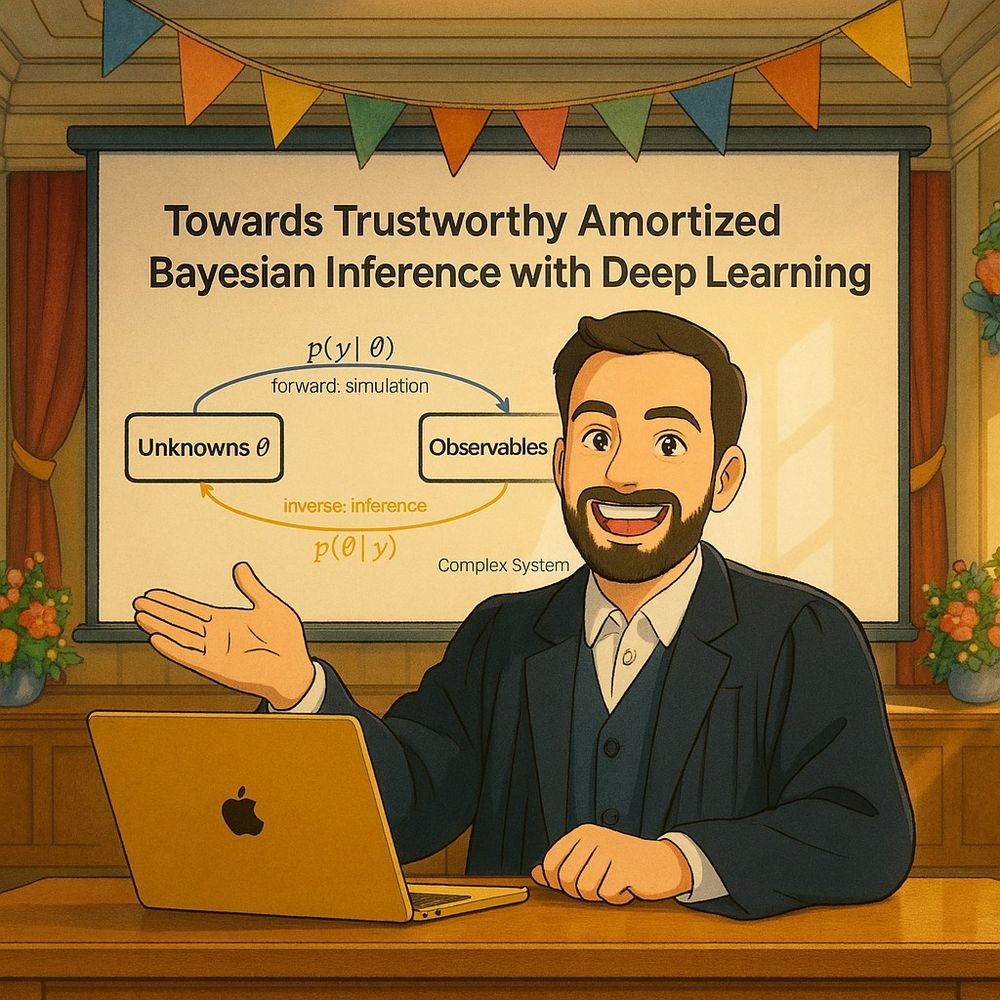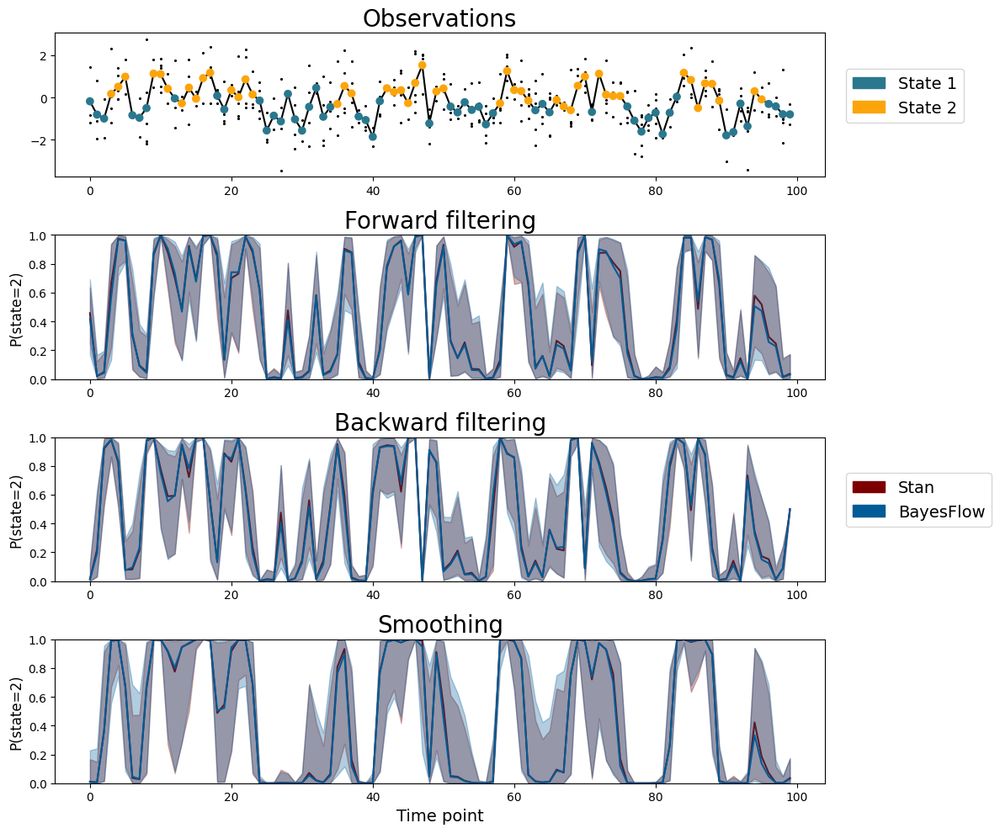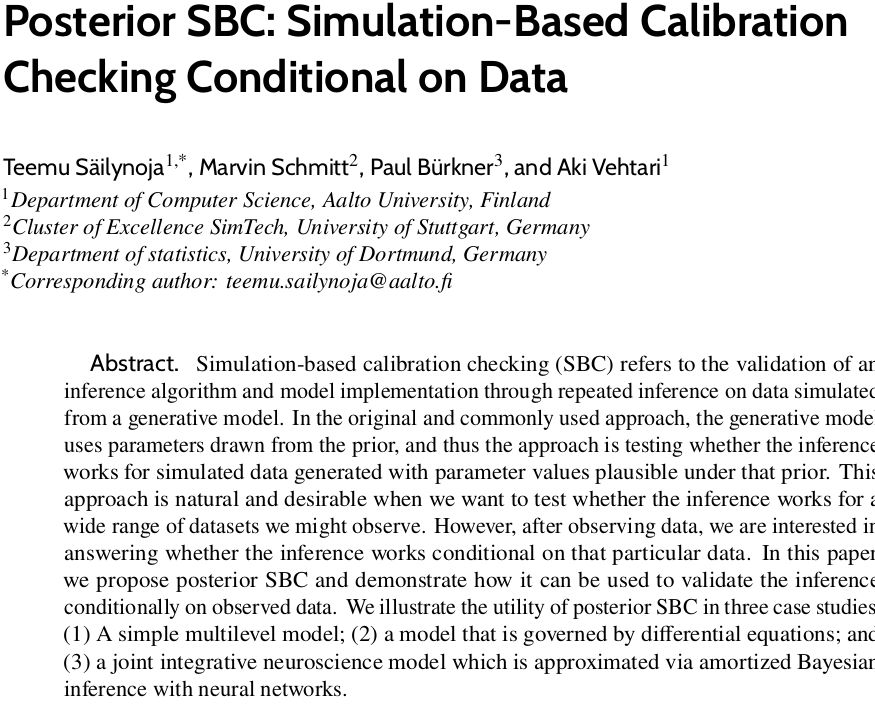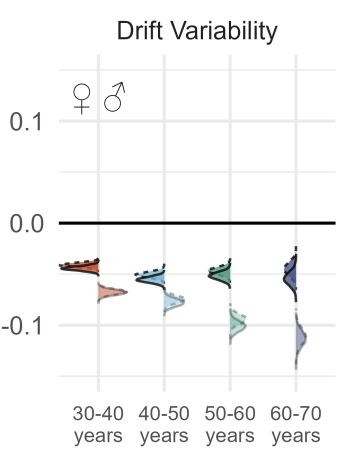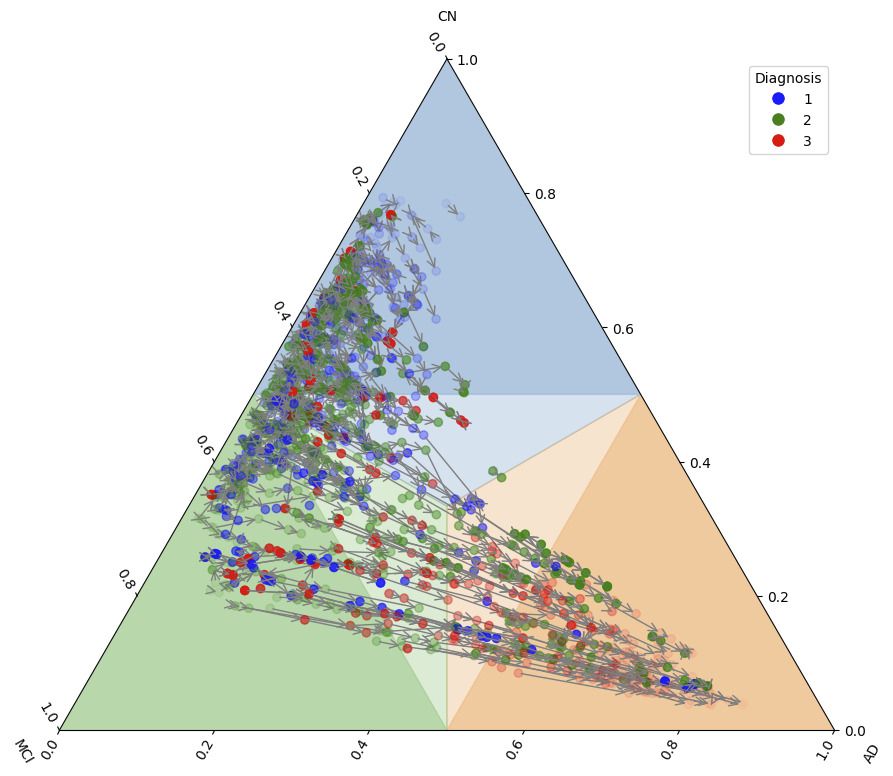Paul Bürkner
@paulbuerkner.com
6K followers
1.8K following
74 posts
Full Professor of Computational Statistics at TU Dortmund University
Scientist | Statistician | Bayesian | Author of brms | Member of the Stan and BayesFlow development teams
Website: https://paulbuerkner.com
Opinions are my own
Posts
Media
Videos
Starter Packs
Paul Bürkner
@paulbuerkner.com
· Jun 1
Paul Bürkner
@paulbuerkner.com
· May 23
Reposted by Paul Bürkner
Paul Bürkner
@paulbuerkner.com
· Mar 21
Reposted by Paul Bürkner
Hadley Wickham
@hadley.nz
· Feb 27
Reposted by Paul Bürkner
Reposted by Paul Bürkner
Reposted by Paul Bürkner
Reposted by Paul Bürkner
Paul Bürkner
@paulbuerkner.com
· Jan 29
Reposted by Paul Bürkner
BayesFlow
@bayesflow.org
· Jan 28
Reposted by Paul Bürkner
Reposted by Paul Bürkner
Marvin Schmitt
@marvin-schmitt.com
· Jan 14
Reposted by Paul Bürkner
Riccardo Fusaroli
@fusaroli.bsky.social
· Jan 10
Paul Bürkner
@paulbuerkner.com
· Jan 9
Paul Bürkner
@paulbuerkner.com
· Jan 3
Paul Bürkner
@paulbuerkner.com
· Jan 2
Paul Bürkner
@paulbuerkner.com
· Jan 2
Paul Bürkner
@paulbuerkner.com
· Dec 23
Reposted by Paul Bürkner
Reposted by Paul Bürkner
Reposted by Paul Bürkner
Kevin M. Kruse
@kevinmkruse.bsky.social
· Dec 12
Reposted by Paul Bürkner
Reposted by Paul Bürkner
